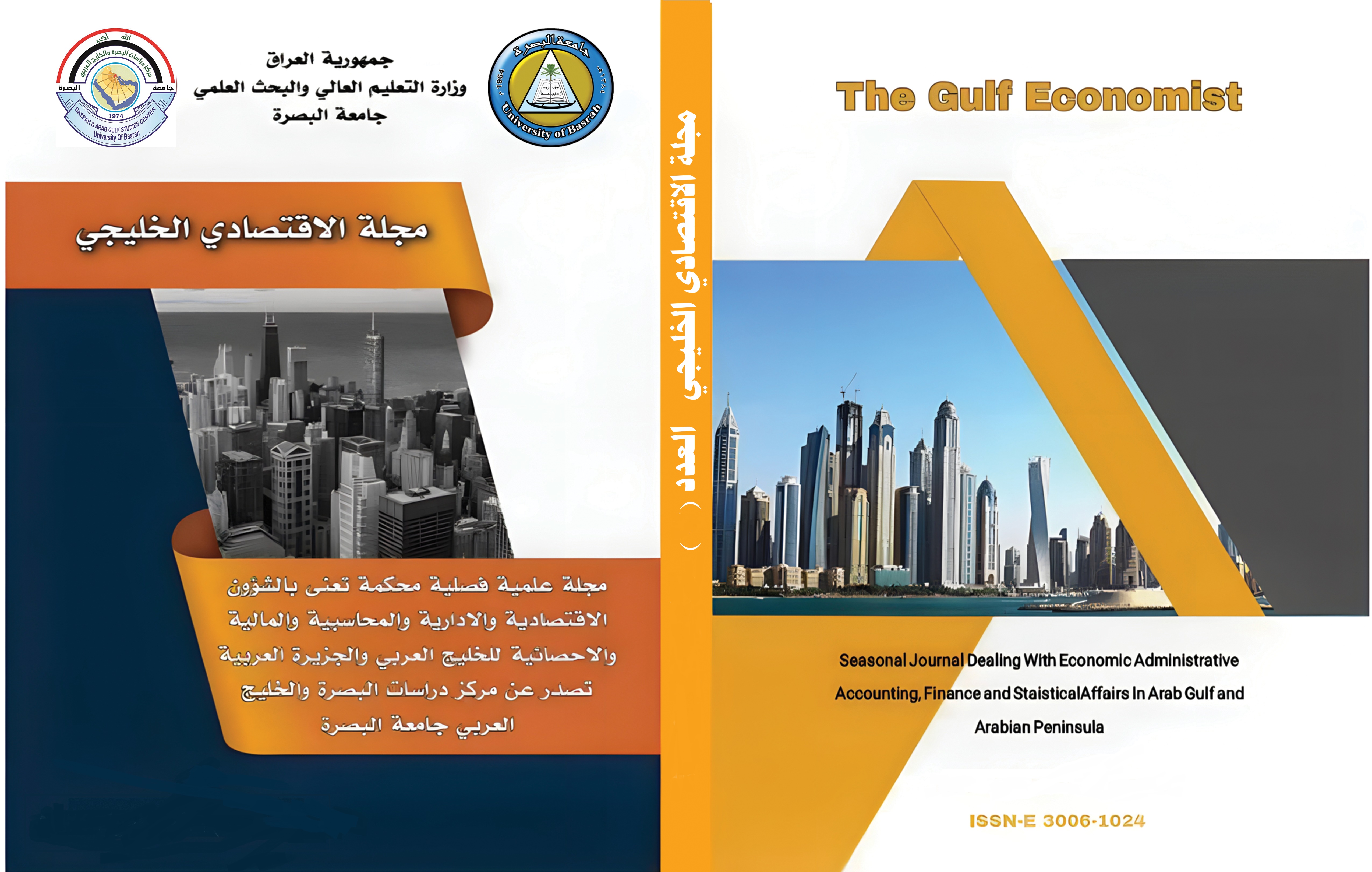Abstract
The increasing of the international economic developments,
and increasing of the importance of free trade on the international
level, and the emergence of economic aggregates in different parts
of the world have all participated in increasing the Arab states’
inclination to establish an Arabic economic group, through which
they can positively handle these developments. Therefore, the Arab
states, in this respect, have established the Greater Arabic Trade
free area so as to improve the Arabic mutual trade exchange
conditions.
In 1998, the application of the free trade area started, and in
2005 it came into force by canceling all custom fees and taxes, and
also other similar fees, on the goods and products exchanged
among the member states. But in spite of the success possibility, the
mutual trade has constituted no more than 11% of the total Arab
external trade, whether during the transitional period (1998-2005) or
the time later. This means that canceling the custom fees was not
enough by itself to make big changes and developments in the
mutual trade, and there are other factors that in one way or another
hindered the flow of goods between the Arab member states.
This study aims at evaluating the effect of applying the Arab
big free trade area on the Arabic exchange through analyzing some
indicators and identifying the obstacles. The study ends with some
suggestions that might contribute to overcoming these obstacles.
